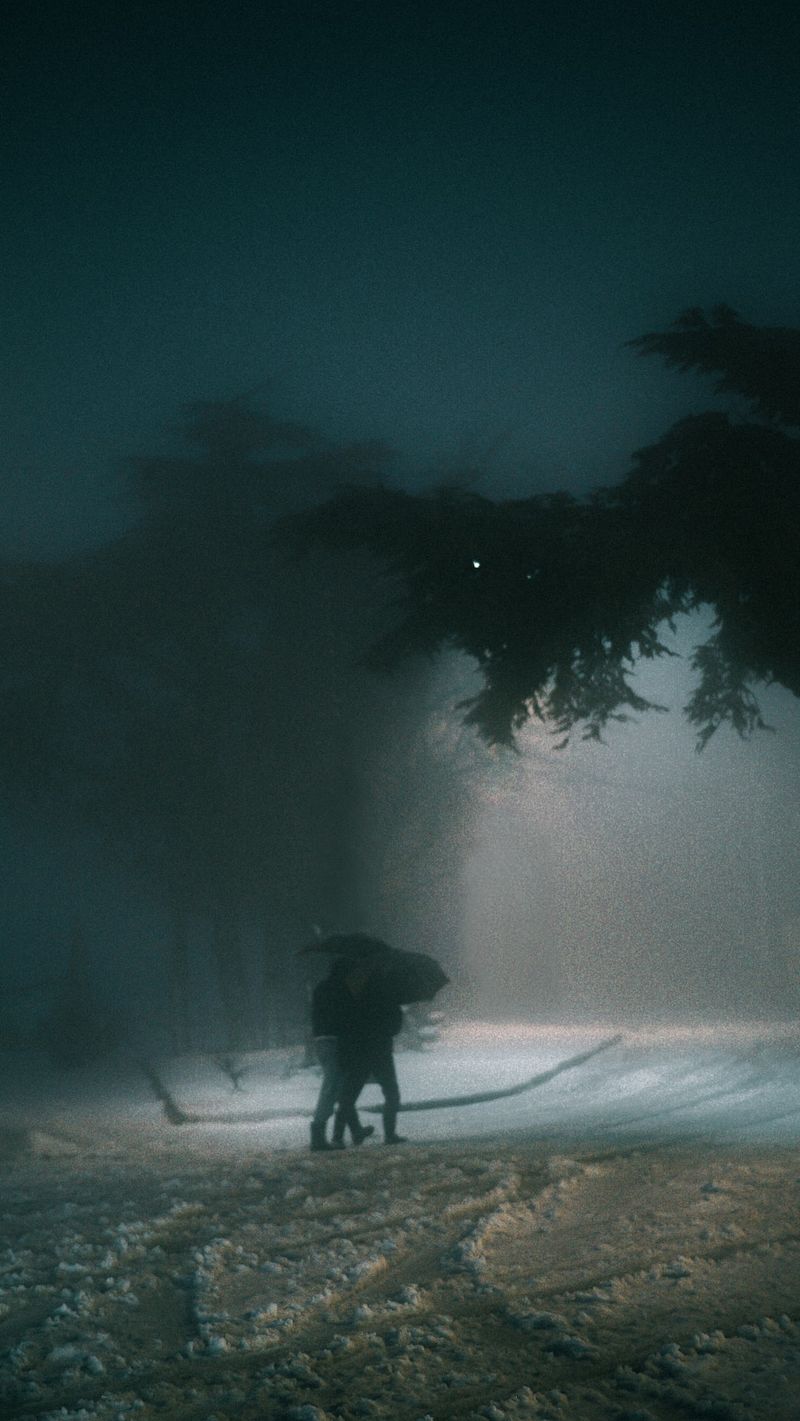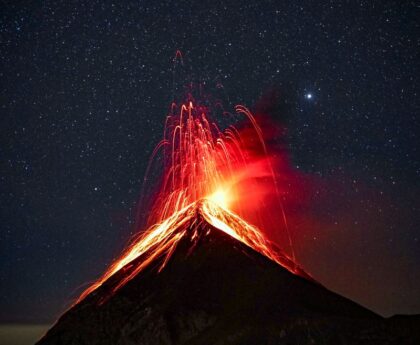Storms on Saturn Can Have Impacts That Last for Hundreds of Years
In the vast expanse of our solar system, it is not only Earth that experiences dramatic and powerful storms. Gas giants like Jupiter and Saturn are also home to turbulent weather systems that can leave a lasting impact on their atmospheres. While Jupiter’s Great Red Spot has been an iconic feature for centuries, the staying power of storms on Saturn has been a subject of speculation. However, a recent study published in Science Advances has shed new light on the longevity of Saturn‘s storms, revealing that they can endure for centuries.
The Legacy of Jupiter’s Great Red Spot
First, let us revisit Jupiter’s Great Red Spot, a storm that has captivated astronomers since it was first observed by Gian Domenico Cassini in 1665. This mighty storm, whose exact origins remain unknown, has endured for hundreds of years, with only a brief disappearance between 1713 and 1830. Its deep red coloring, caused by unknown mechanisms, sets it apart from the pale hues of Jupiter’s atmosphere in visible light.
It is fascinating to contemplate what we might have missed if the Great Red Spot did not possess such a striking appearance. The storm draws molecules from deep within Jupiter’s atmosphere, and when exposed to ultraviolet light, these molecules could generate reddish-brown tholins, similar to those found in the atmosphere of Saturn‘s moon, Titan. The spot’s distinctive coloring has allowed us to identify and study it for centuries, showcasing the power of long-lasting storms.
Unraveling the Secrets of Saturn‘s Storms
While Saturn does not boast a storm as famous as Jupiter’s Great Red Spot, it does experience its fair share of significant weather events. The most recent was observed during the Cassini–Huygens mission, when a trail of white pierced Saturn‘s atmosphere and became known as the Great White Spot. Similar spots have been recorded as far back as 1876, often thought to be separate storms due to their occurrence at different latitudes. These storms, appearing every 20-30 years and lasting a few years each, were assumed to have short lifespans.
However, the recent study conducted by Cheng Li and his team, published in Science Advances, has presented a surprising revelation. By using radio observations captured by the Very Large Array, the researchers were able to study Saturn‘s upper atmosphere, which is transparent to radio light. They found disruptions in deep layers of Saturn‘s atmosphere, specifically related to the abundance of ammonia, a key component of the Great White Spots.
What this study demonstrates is that Saturn‘s periodic great storms stir the planet’s atmosphere for decades. The researchers discovered disruption bands in latitudes corresponding to the appearance of past storms, suggesting that remnants of these storms can persist for centuries. In fact, they even identified a disruption band that predates the 1876 storm, indicating the presence of an even older storm.
Implications for Future Observations
This new understanding of Saturn‘s storms opens up exciting possibilities for future observations. With radio astronomy techniques, researchers will have the opportunity to delve deeper into the layers of Saturn‘s atmosphere and investigate the mechanisms behind the formation and persistence of these storms. The next great storm on Saturn could emerge in just a few years, providing a valuable opportunity to witness firsthand how these storms arise on the planet’s surface.
As we continue to explore and study our celestial neighbors, the endurance of storms on Saturn serves as a reminder of the chaotic and enduring nature of the cosmos. These storms, with their long-lasting impacts, offer invaluable insights into the dynamics and evolution of gas giants. We eagerly await further discoveries that will deepen our understanding of Saturn‘s storms and their profound influence on the planet and its atmosphere.
Sources:
Li, Cheng, et al. “Long-lasting, deep effect of Saturn’s Giant Storms.” Science Advances 9.32 (2023): eadg9419.

<< photo by El Mehdi Rezkellah >>
The image is for illustrative purposes only and does not depict the actual situation.
You might want to read !
- Fellow Australians Get Festive: Hilarious Memes and Heartfelt Messages for Proud Independence Day 2023
- Saturn’s furious storms defy our understanding of planet birth
- “A Cosmic Connection: NASA’s Voyager 2 Reconnects with a Celestial Heartbeat”
- Catastrophic Goalkeeping Blunder Puts Matildas on Collision Course with England




